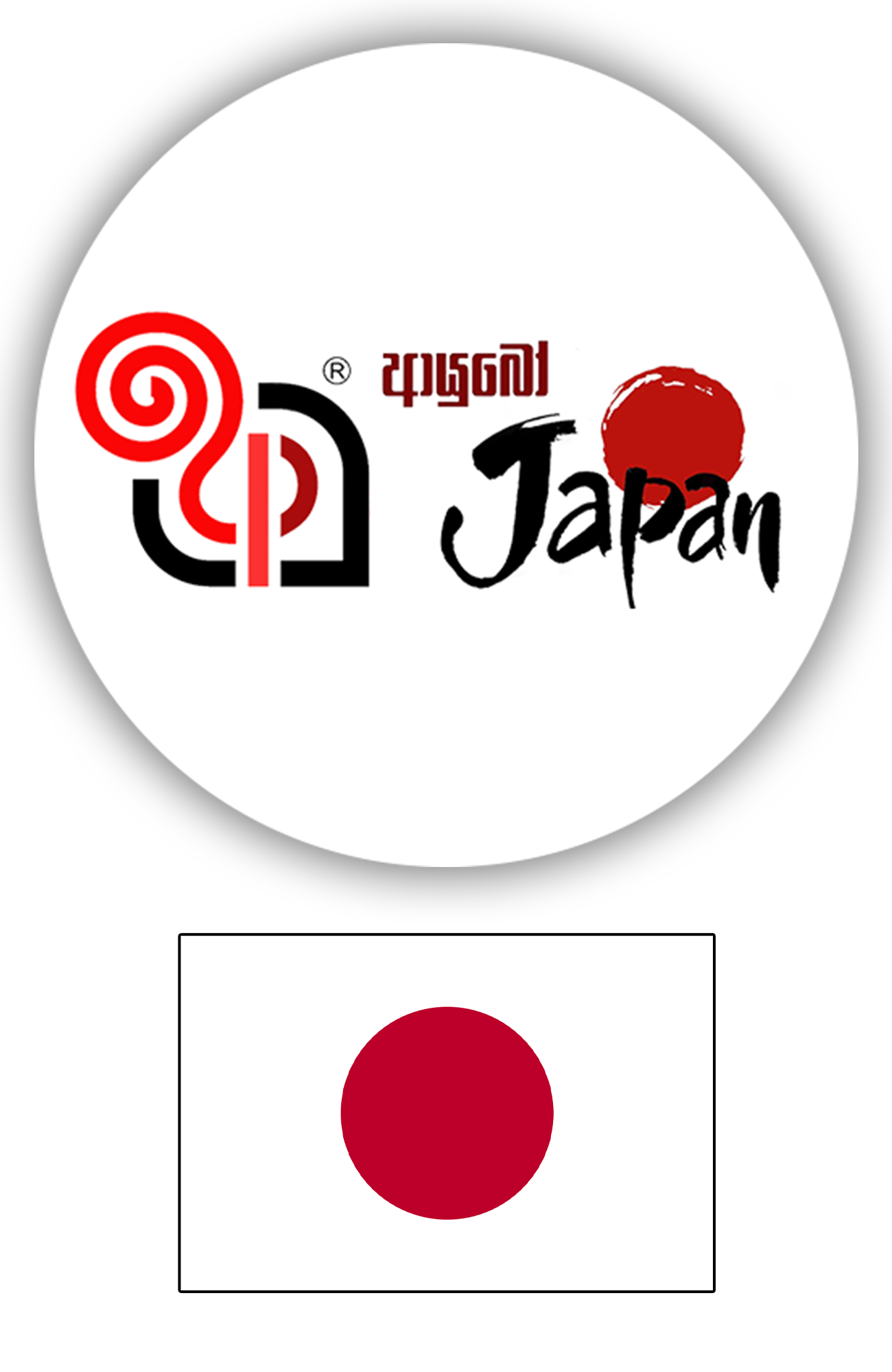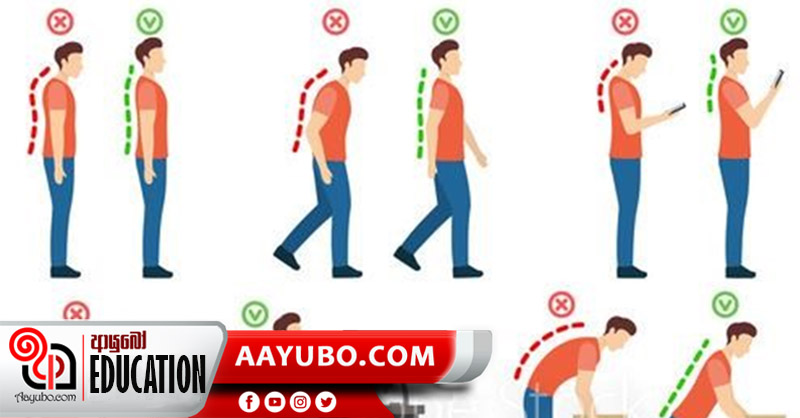Grade 8 Geography - Solar System : Part 1

Dear Children, this article aims at providing you with some valuable insights based on the lesson “Solar System”, in line with the 8th grade Geography curriculum. Did you know that man has conducted space explorations and launched a series of space missions even since ancient times? Today, man is able to observe the minute objects in the space with the use of modern equipment that have been invented with the advancement of technology. Our planet is also a celestial object that orbits a star; the sun. The sun is the main body of the Solar System around which the other celestial bodies like the eight planets (Mercury, Venus, Earth, Mars, Jupiter, Saturn, Uranus and Neptune), the dwarf planets, natural satellites and the rock particles (asteroids, comets and meteoroids) revolve. The gravity of the sun is the force that makes the planets revolve around it. Simply, the solar system is a system that had been created through the combination of the particles of dust and gases, millions of years ago. You may recall those instances when you have gazed at those twinkling stars in the night sky. Stars can be elucidated as celestial bodies that are capable of emitting light and heat. Did you know that the sun is also a star? Hence, stars are energy sources and they seem to be very small to our naked eyes, as they are situated quite far from our planet. Stars twinkle and shine as they naturally release light. On the other hand, planets, natural satellites of the planets and asteroids cannot emit light and heat. However, they are visible in the night sky as they reflect sunlight. Unlike stars, they don’t twinkle, instead they can be observed with a monotonous, steady light. We shall learn more interesting facts about the solar system in our upcoming articles.
by Mekhala Egodawele
Photo source : Internet
1297 Views






Comments